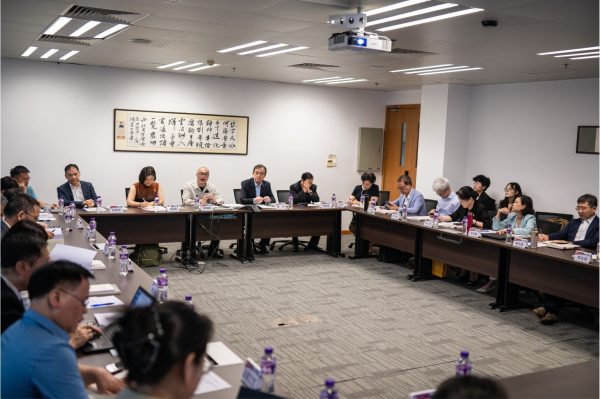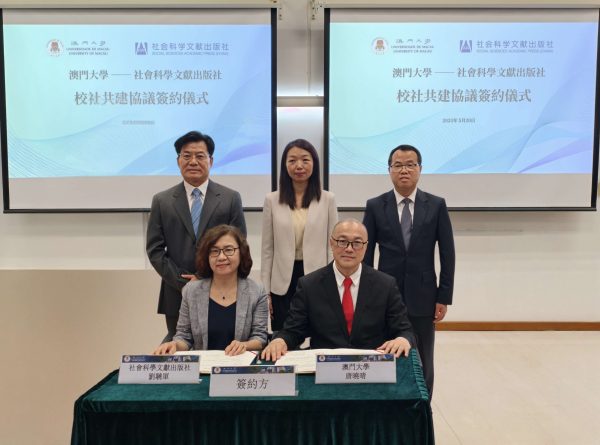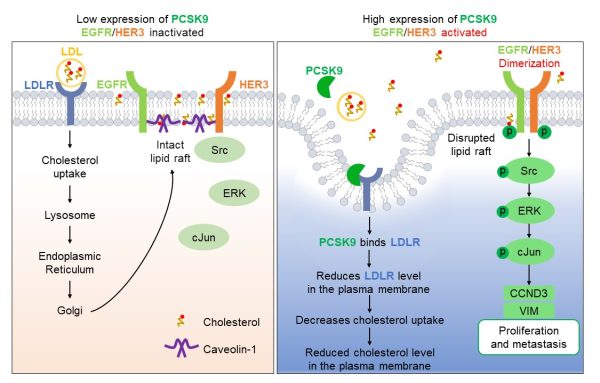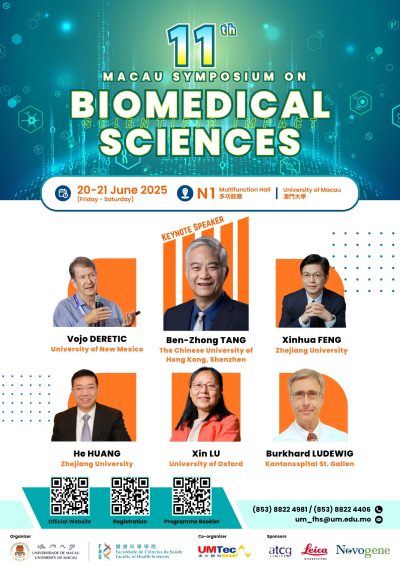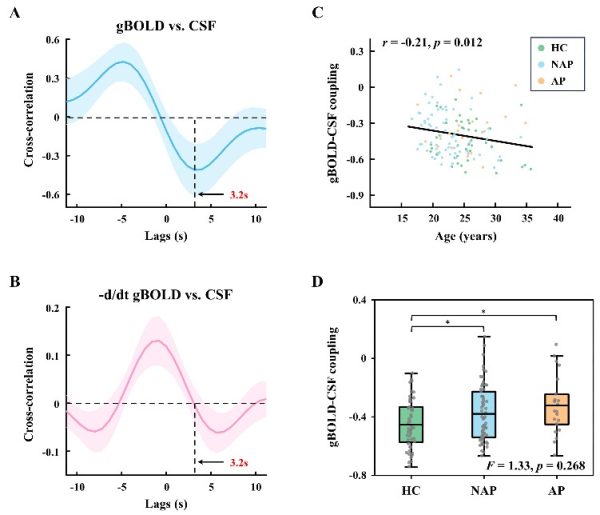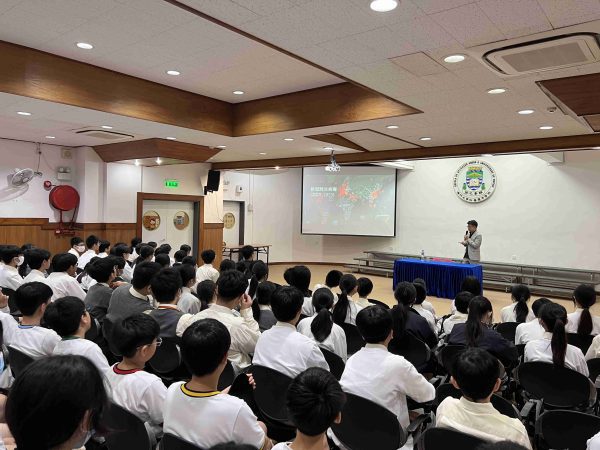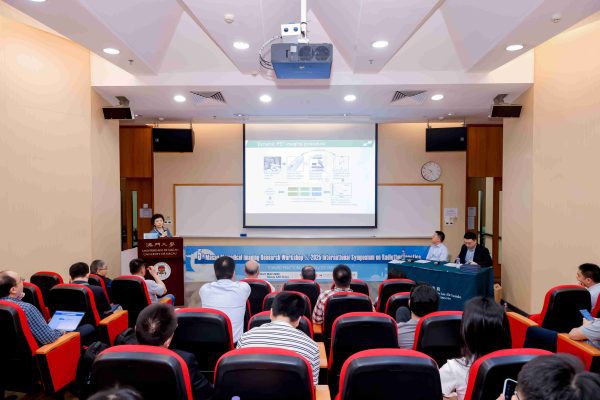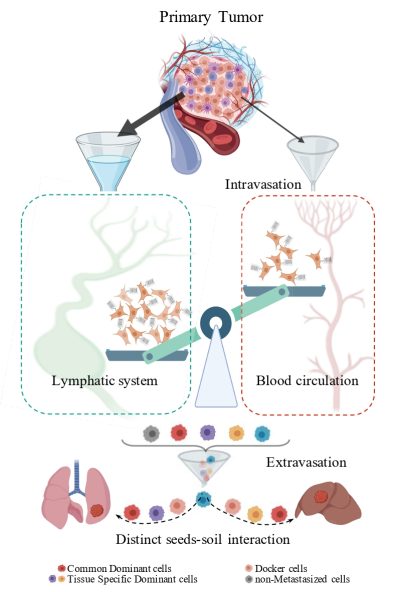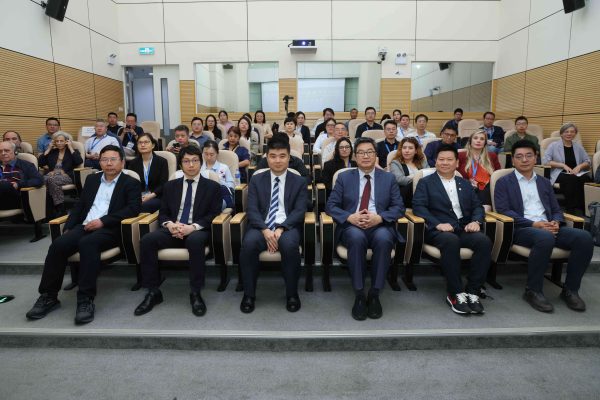News Express: Several UM bachelor of science degrees receive international accreditation
bellleong2025-06-24T17:03:25+08:00

香港工程師學會評審團隊與澳大代表交流
The HKIE accreditation panel meets with UM representatives
澳大多個理學士學位獲取國際專業認證
澳門大學科技學院的土木工程理學士學位(涵蓋與華南理工大學的“2+2 SCUT聯合培養計劃”)、電機及電腦工程理學士學位、機電工程理學士學位和計算機科學理學士學位已正式通過香港工程師學會的嚴格學術評審,成為澳門唯一獲此認證的高等院校。這是澳大繼2012年首次獲得認證以來,連續第四次成功通過全面評審,彰顯了澳大在科技、工程教育領域的研究和育人成果。
自2011/2012至2029/2030學年入讀上述四個課程及自2020/2021至2029/2030學年入讀澳大與華南理工的“2+2 SCUT聯合培養計劃”的學生,畢業後將有資格申請成為香港工程師學會會員,從而獲取國際認可的專業資格。
香港工程師學會不僅對上述四個課程及一個聯培計劃進行評審,還對澳大科技學院的師資、教學資源及設施作詳細考量。香港工程師學會相當注重課程發展,特別是課程內容與科技、社會需求的銜接。因此,評審團隊不僅針對數學和基礎科學,也對工程科學、工程設計和合成、職業健康安全和環境、實驗室和實地工作、工程專項等範疇開展審視,同時還審評了實用培訓、溝通及工程師專業等補充課題。為深入了解上述各項,評審團隊分別會見了大學及學院代表、校友及各級學生代表等。
香港工程師學會充分肯定澳大在科技及工程教育方面的努力,同時指出大學擁有高素質的教學團隊,學術基礎扎實,教學資源充足,相信能夠持續為就讀相關課程的學生提供高品質的教育體驗,培育出符合國際標準的專才。
澳大科技學院院長須成忠表示,是次成功通過香港工程師學會的學術評審,不僅是對澳大科技學院辦學實力與教學品質的肯定,也推動了澳大乃至澳門教研水平認可踏出具指標意義的一步,同時標誌著澳大科技學院在推動澳門高等教育發展與國際接軌的道路上邁向新里程碑。未來,學院將不斷強化與國際機構之間的合作,為澳門、國家以至全球培育更多國際優秀人才。
香港工程師學會是香港唯一的法定專業工程師團體,負責擬定專業工程師訓練與資歷審核標準。學會亦是《華盛頓協議》成員認證機構,通過學會認證的工程學位獲美國、英國、澳大利亞、加拿大、新加坡等國家及地區認可。此外,根據《首爾協議》,通過學會認證的計算機科學學位均獲美國、英國、澳大利亞、加拿大、日本、韓國等國家及地區認可。
欲瀏覽官網版可登入以下連結:
https://www.um.edu.mo/zh-hant/news-and-press-releases/press-release/detail/61402/
UM bachelor of science degrees receive international accreditation
Several bachelor’s degrees offered by the Faculty of Science and Technology (FST) of the University of Macau (UM) have been accredited by the Hong Kong Institution of Engineers (HKIE). The accredited degrees include the Bachelor of Science in Civil Engineering (including the ‘2+2’ joint programme launched with South China University of Technology), Bachelor of Science in Electrical and Computer Engineering, Bachelor of Science in Electromechanical Engineering, and Bachelor of Science in Computer Science. Notably, UM is the only higher education institution in Macao to receive this accreditation. This is the forth time that UM has successfully passed the accreditation since it was first accredited in 2012, highlighting the university’s research and educational achievements in the field of science and engineering education.
Students enrolled in the aforementioned four programmes between the 2011/2012 and 2029/2030 academic years, as well as those enrolled in the ‘2+2’ joint programme launched by UM and SCUT between the 2020/2021 and 2029/2030 academic years, will be eligible to apply for HKIE membership upon graduation. This membership provides graduates with internationally recognised professional qualifications.
HKIE not only reviewed the four programmes and one joint programme but also conducted a detailed assessment of FST’s academic staff, teaching resources, and facilities. Emphasis was placed on programme development, especially how well the syllabus and curriculum align with technological and social needs. Therefore, the accreditation panel examined subjects including mathematics and basic sciences, as well as engineering subjects including engineering science, engineering design and synthesis, occupational health, safety and environment, laboratory and fieldwork, and specialised engineering topics. The panel also evaluated complementary studies such as practical training, communications, and the professionalism of engineers. To gain a thorough understanding of these aspects, the accreditation panel held meetings with UM and FST representatives, alumni, and student representatives.
The accreditation panel gave full recognition of UM’s efforts in science and engineering education. They also commended the university for its high-calibre faculty team, solid academic foundation, and adequate teaching resources. The panel expressed confidence that UM will continue to provide students on the accredited programmes with a high-quality learning experience and nurture professionals who meet international standards.
Xu Cheng-Zhong, dean of FST, said that receiving the HKIE accreditation not only affirms the faculty’s teaching quality and capability but also marks a significant step towards gaining recognition for the overall teaching and research level of UM and even Macao. He added that this achievement marks a new milestone for FST in terms of promoting the development of Macao’s higher education and aligning it with international standards. The faculty will continue to strengthen its cooperation with international institutions in order to nurture more globally competitive professionals for Macao, the country, and beyond.
HKIE is the only statutory professional engineering body in Hong Kong, and is responsible for setting standards for the training and admission of engineers. It is also a signatory of the Washington Accord. Engineering degrees accredited by HKIE are recognised in a number of countries and regions, including the US, the UK, Australia, Canada, and Singapore. Additionally, HKIE is a signatory of the Seoul Accord. The computer science degrees accredited by HKIE are recognised in a number of countries and regions, including the US, the UK, Australia, Canada, Japan, and South Korea.
To read the news on UM’s official website, please visit the following link:
https://www.um.edu.mo/news-and-press-releases/press-release/detail/61402/
